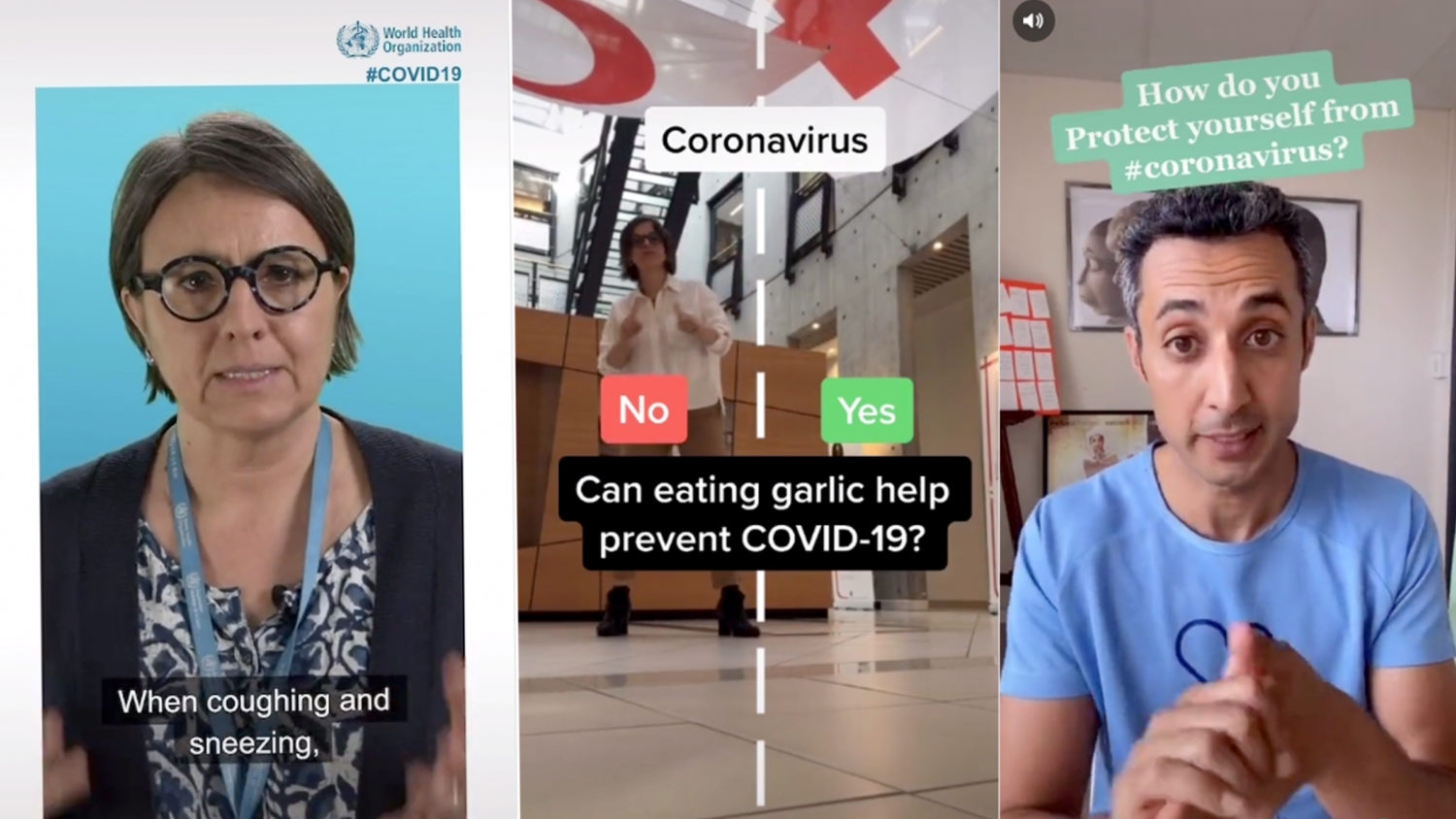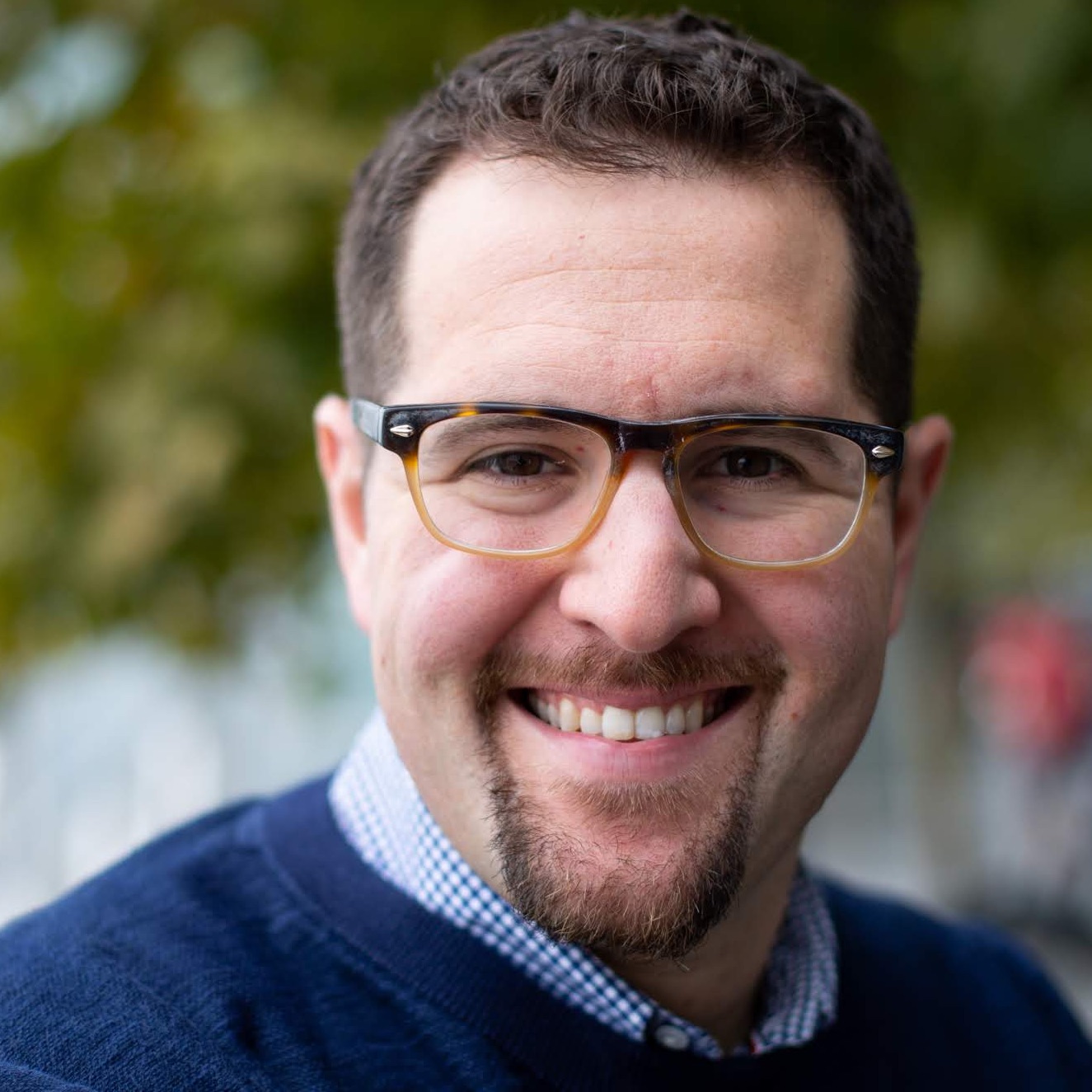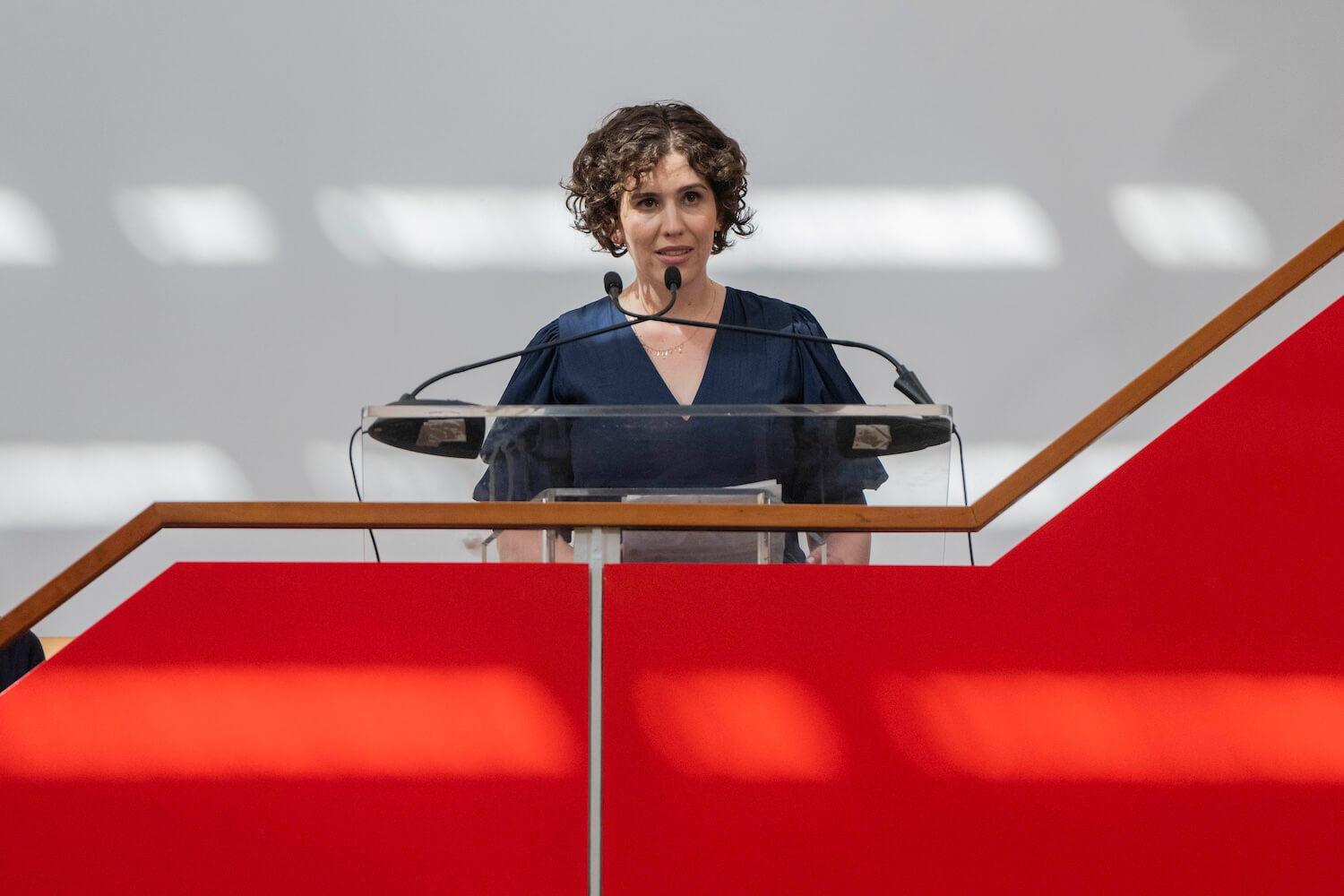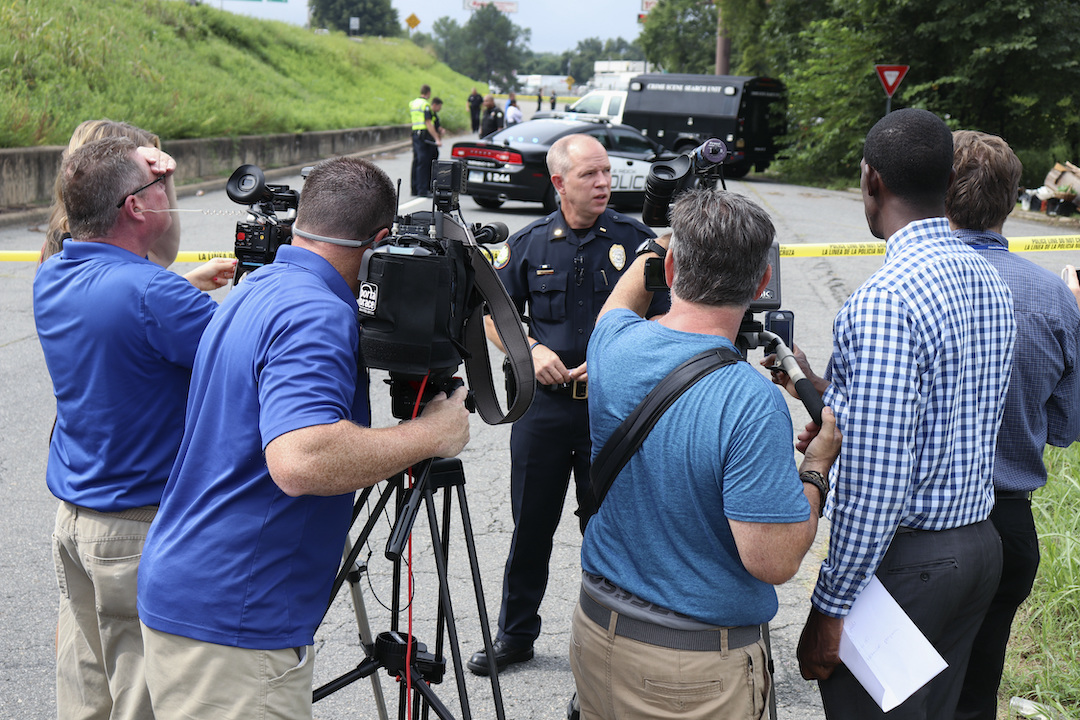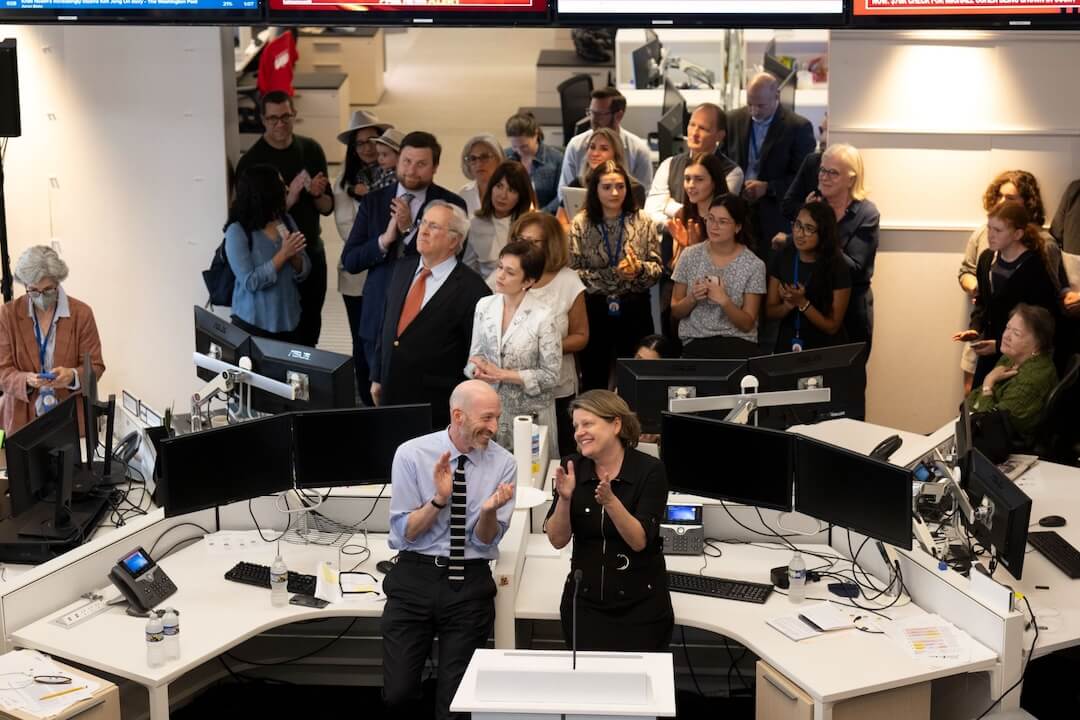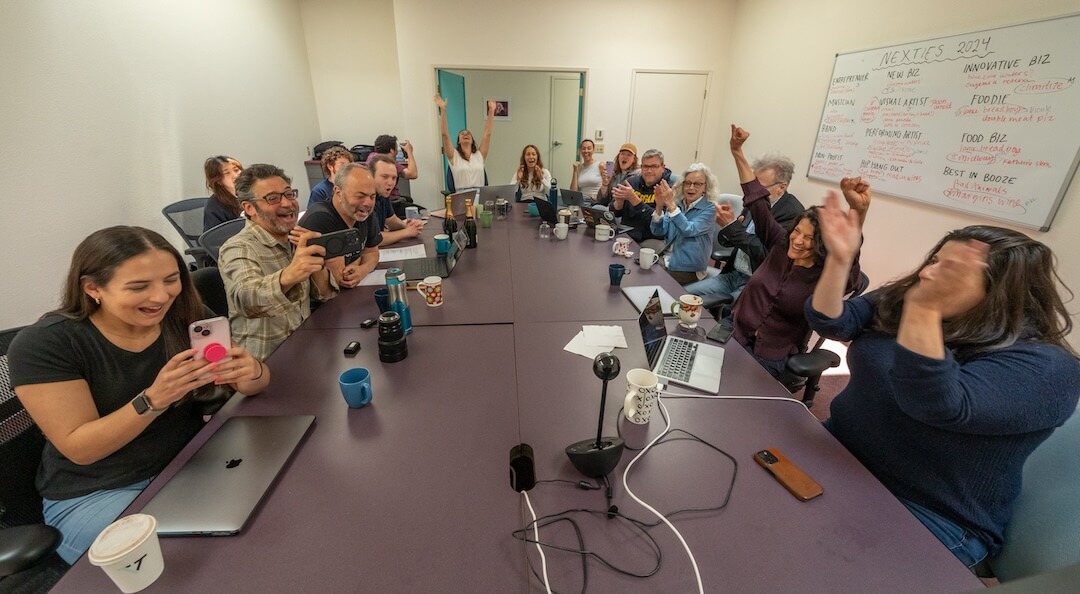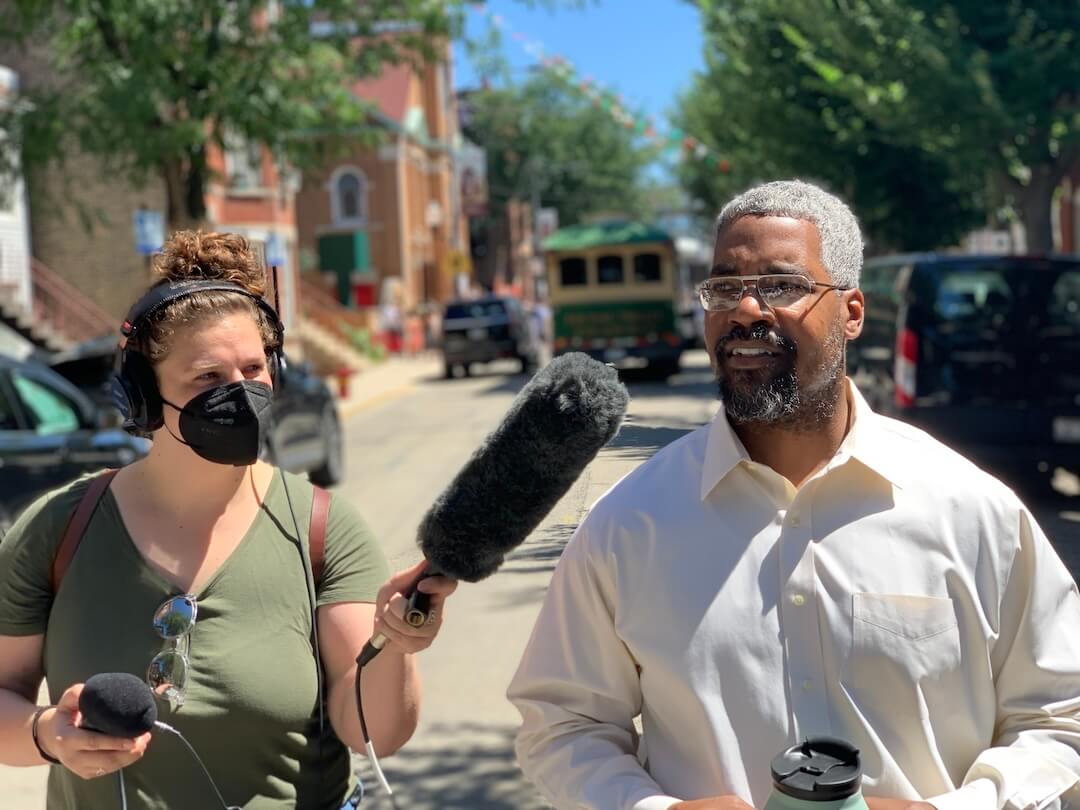In 10 days, the World Health Organization’s new TikTok account put out five videos, racked up roughly 87 million views and accrued over a quarter million followers. It’s part of a larger effort to blanket social media with content aimed at containing the “infodemic” around the new virus that has killed more than 3,800 people around the world.
But instead of adopting the platform’s language in full, featuring pop songs, lip-sync or dances, the new account posted trimmed down versions of longer informational videos first featured on WHO’s YouTube page. Is this catching teens’ attention?
Alexa Volland, a multimedia reporter and editor for the Teen Fact-Checking Network at MediaWise, said dancing and viral memes matter less for the WHO’s account.
“As long as people are getting accurate health and safety information, I don’t think there is a right or wrong way to use TikTok,” Volland said. “The WHO is focusing on easy-to-understand text and infographics to get their message across. With more than 60 million views combined on their first two TikToks, I think it’s working.”
She also noted that TikTok allows users to reuse other user’s soundtracks to create new videos. As of Monday, audio from three videos posted by WHO with information about COVID-19 had been reused and redistributed 894 times.
“So WHO doesn’t need to dance while showing people how to use face masks. Other creators are saving their audio and doing it for them,” Volland said.
WHO’s first TikTok features Dr. Benedetta Allegranzi, a technical lead for infection and prevention control, explaining how to protect yourself from the virus. She advises viewers to wash their hands frequently with soap and water, and to sneeze into a bent elbow.
Some users lip-synced Allegranzi’s audio while miming hand washing. Others turned it into a dance with Allegranzi serving as the soundtrack. One user copied a video from popular TikTok personality Charli D’Amelio and put the song underneath.
In an email, WHO spokesperson Tarik Jasarevic said using TikTok is part of a larger blitz of social media messaging to push out accurate information about COVID-19.
“WHO is working with various social media platforms, including TikTok, to help us reach the right audience (the right community, the right age group, etc), as well as to detect spread of misinformation on the new coronavirus,” the spokesperson wrote.
In addition to TikTok, Jasarevic listed Facebook, Twitter, Pinterest and Tencent as collaborators in this process.
“We understand that different platforms might have their specific audience, hence important to make trustworthy information available where people are looking for it,” Jasaveric wrote.
The International Federation of Red Cross and Red Crescent Societies has also been using TikTok to get the word out about COVID-19. Their account, however, features content tailored to the platform.
Dante Licona, the group’s senior social media officer, said his team partnered with TikTok last year to learn the ins and outs of the platform.
“Just as with any platform, you need to spend a lot of time to understand the way the users use it,” Licona said.
IFRC has put out 18 videos about COVID-19 and racked up nearly 113 million views. Its videos feature a mix of expert testimonials, graphics and IFRC team members dancing to popular songs.
“They are taking advantage of viral songs and trends, which I think increases the likelihood of their content landing on the ‘For You’ page,” Volland said.
The “For You” page is the main video feed that pops up when users open the app. IFRC getting its content onto this page increases the likelihood it will be seen.
Licona said he and his team also collaborate with Red Cross and Red Crescent affiliates globally to track TikTok trends and tailor their content accordingly. IFRC’s TikTok account is mostly in English, but Licona says his multilingual team engages with its diverse audience in the videos’ comment section. Right now the WHO’s posts are entirely in English.
The aim of all this work is getting the message across.
“I really appreciate that you’re watching (IRFC’s content on TikTok), but remember to keep washing your hands,” Licona said.

